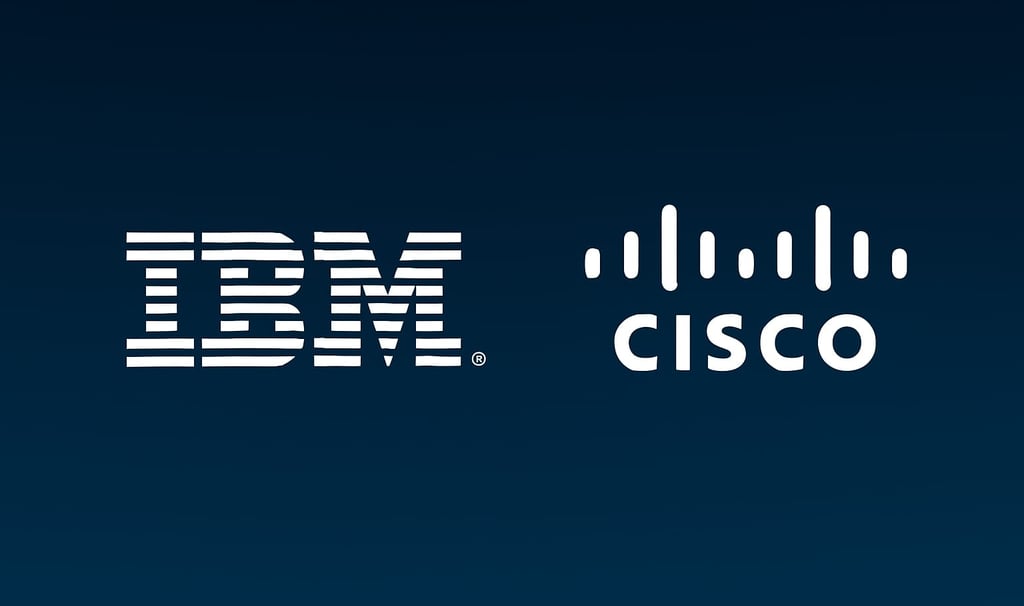IBM & Cisco to Build First Global Quantum Computer Network by Early 2030s
IBM and Cisco outline plans for a global quantum computer network by the early 2030s, aiming to revolutionize computing, cybersecurity, and scientific research.
Raja Awais Ali
11/20/20252 min read


IBM and Cisco Reveal Plans to Build a Global Quantum Computer Network by the Early 2030s
IBM and Cisco have announced a groundbreaking partnership aimed at creating one of the world’s first large-scale networks of interconnected quantum computers by the early 2030s. This ambitious initiative is expected to revolutionize computing power and reshape industries such as cybersecurity, medicine, climate research, and advanced materials.
IBM, already a global leader in quantum computing, and Cisco, a dominant force in networking technologies, plan to combine their expertise to develop an integrated system that will securely and efficiently link quantum machines across long distances. According to their joint roadmap, a proof-of-concept demonstration is expected within the next few years, showing that geographically distant quantum computers can work together through ultra-stable connections.
One of the biggest challenges in this mission is the extreme operating environment of quantum processors. IBM’s quantum computers must be housed in cryogenic conditions, where atoms remain stable enough to maintain quantum states. To transmit this sensitive quantum information — known as qubits — the system must convert them into “flying qubits” that can travel, and then turn them into optical signals capable of moving across fiber-optic networks. This process requires advanced microwave-to-optical transducers, a technology still under development and likely to involve major research universities and advanced physics laboratories.
As part of the project, Cisco is developing a new Quantum Networking Unit, a device designed to act as the bridge between stationary qubits inside quantum computers and the traveling qubits moving through the network. This unit will help distribute entangled qubits — the foundation of quantum communication — ensuring they are delivered to the correct machines for synchronized processing. Cisco is also working on a high-speed adaptive protocol that continually adjusts network routes to keep quantum workloads stable and aligned.
Entanglement plays a central role in this future network. Through this phenomenon, two particles remain connected regardless of distance, enabling simultaneous communication and computation across continents. This capability promises a “quantum internet,” allowing global communication systems far more secure and powerful than anything available today.
IBM also plans to convert future data centers into quantum data centers, where large clusters of quantum computers could collaborate on solving problems far beyond the capacity of today’s supercomputers. Potential applications include drug discovery, climate modeling, materials engineering, and massive optimization tasks in logistics and finance.
If successful, the IBM-Cisco project will mark the beginning of a new technological era — one where quantum computers, sensors, and communication devices operate within a unified global network. Such a system could fundamentally redefine the future of computing and unlock scientific breakthroughs previously thought impossible.
The coming years will determine how quickly this vision becomes reality, but experts agree: the early 2030s may witness the rise of the world’s first true quantum network.